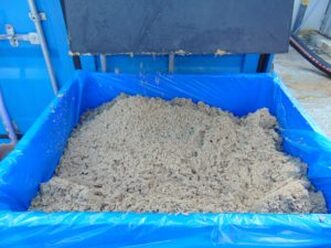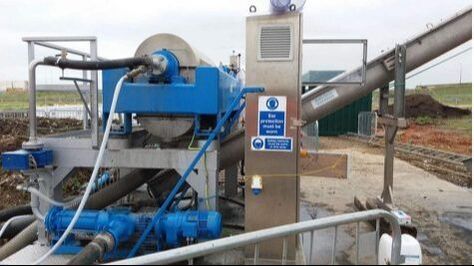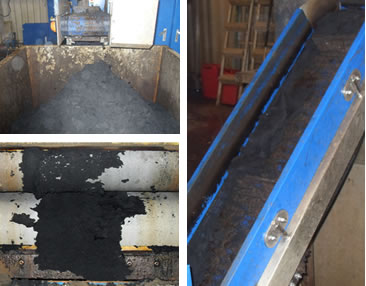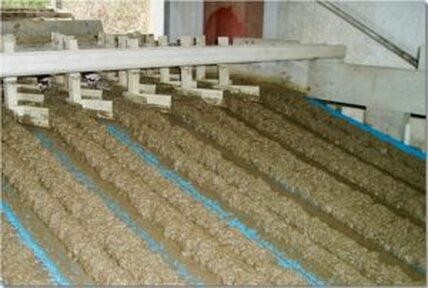sludge dewatering
|
The sludge produced from a DAF or clarifier will often still contain a large amount of water,
this means that significant amount of storage area your sludge holding tank is now full of water that could go to sewer. This water along with the sludge is typically pumped away from the site in tankers at significant cost to your business. |
GPC’s high molecular weight flocculants in conjunction with a screw press can greatly
increase the efficiency of the treatment process, often eliminating the need for tankers saving
your business thousands of pounds a year as well as reducing your carbon footprint!*
The use of an organic primary coagulant in conjunction with a flocculent can greatly enhance the results given on a belt press or plate and frame press.
Sludge dewatering is effective for recycling water and the process will also reduce disposal costs.
increase the efficiency of the treatment process, often eliminating the need for tankers saving
your business thousands of pounds a year as well as reducing your carbon footprint!*
The use of an organic primary coagulant in conjunction with a flocculent can greatly enhance the results given on a belt press or plate and frame press.
Sludge dewatering is effective for recycling water and the process will also reduce disposal costs.
Key benefits of Sludge Dewatering:
|
Many businesses require more than 3 tankers a week to remove their wastewater sludge, by dewatering the sludge, the volumes can in many cases be reduced by up to 50%!
The resulting thickened sludge can then be disposed of in much more environmentally friendly methods. Many companies using anaerobic digesters will often take this sludge away for free saving your company thousands in annual waste disposal costs.
The resulting thickened sludge can then be disposed of in much more environmentally friendly methods. Many companies using anaerobic digesters will often take this sludge away for free saving your company thousands in annual waste disposal costs.





